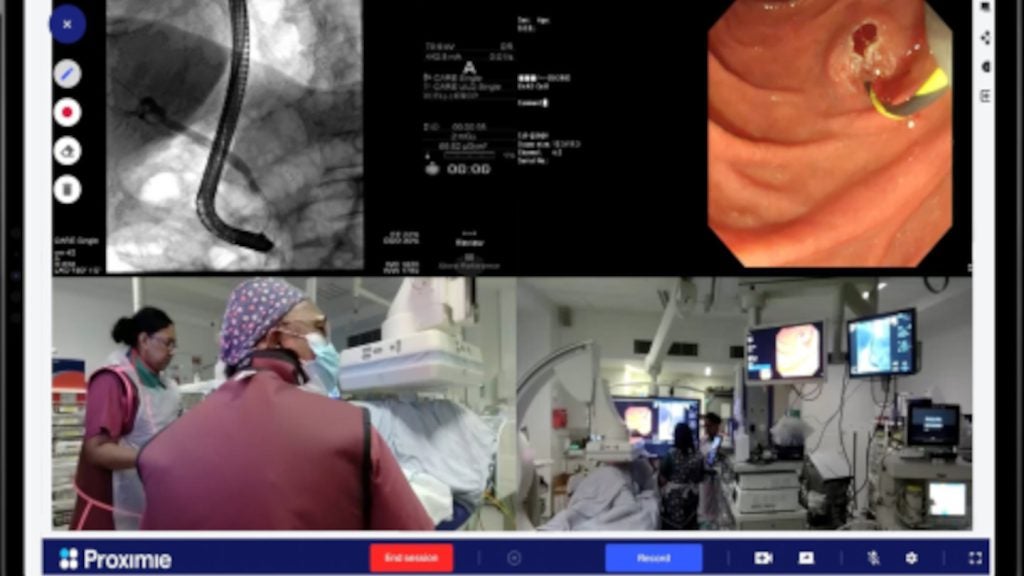Researchers at Hôpital Dupuytren, part of the Centre Hospitalier Universitaire of Limoges, France (CHU Limoges), has conducted an abstract study of Masimo’s two rainbow SET measurements, SpHb and PVI monitoring to address anesthesia-related mortality.
Through the study, it intended to determine an improvement in mortality and transfusion needs at the scale of a whole hospital addressed by the Noninvasive and Continuous Hemoglobin (SpHb) Monitoring and PVI, which is the measurement of dynamic changes in the Perfusion Index (PI), occurring during one or more complete respiratory cycles.
A total of 18,867 patients, divided into two group, were examined by Professor Nathalie Nathan and colleagues over two eleven-month periods before and after subjected to a clinical algorithm to guide transfusion and fluid administration.
All the operating rooms, recovery rooms, and intensive care units were fitted with Masimo Radical-7 Pulse CO-Oximeters connected to Masimo Patient SafetyNet for trend data collection.
A total of 3450 patients were subjected to SpHb and PVI monitoring through Masimo’s Radical-7 Pulse CO-Oximeters.
The monitoring group patients received vascular filling with crystalloids or blood, according to the clinical algorithm.
How well do you really know your competitors?
Access the most comprehensive Company Profiles on the market, powered by GlobalData. Save hours of research. Gain competitive edge.

Thank you!
Your download email will arrive shortly
Not ready to buy yet? Download a free sample
We are confident about the unique quality of our Company Profiles. However, we want you to make the most beneficial decision for your business, so we offer a free sample that you can download by submitting the below form
By GlobalDataBased on cox-proportional hazard model, it was determined that patients monitored with SpHb and PVI exhibited 30% reduction in mortality at 30 days and a 25% reduction in mortality at 90 days.
The researchers concluded that that integration of SpHb and PVI monitoring in a vascular filling algorithm facilitates earlier transfusion while decreasing mortality at a scale of a whole hospital with various clinical practices and unchecked patients.







